Home>Technology>Smart Home Devices>What Is A Monochrome Printer
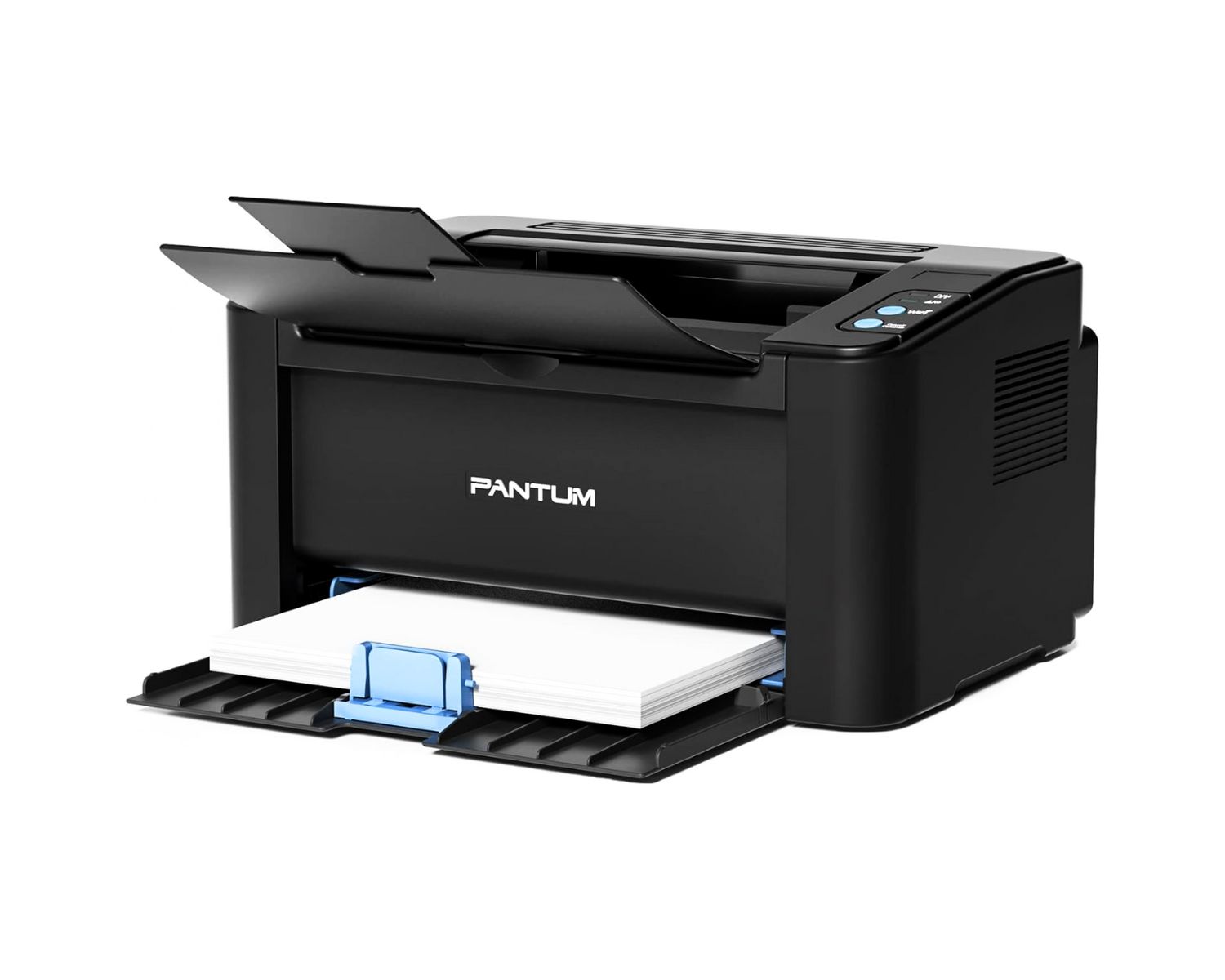

Smart Home Devices
What Is A Monochrome Printer
Published: January 10, 2024
Learn about the benefits of monochrome printers for smart home devices. Discover how they can enhance your printing experience.
(Many of the links in this article redirect to a specific reviewed product. Your purchase of these products through affiliate links helps to generate commission for Storables.com, at no extra cost. Learn more)
Introduction
Welcome to the world of printing, where technology continues to evolve and innovate. In the realm of printing devices, monochrome printers stand as a testament to simplicity, efficiency, and reliability. While the modern era embraces the allure of color, monochrome printers have carved out a niche for themselves, offering a unique set of benefits that cater to specific needs.
In this article, we will delve into the realm of monochrome printers, exploring their definition, functionality, advantages, disadvantages, and common uses. Whether you're a seasoned tech enthusiast or a curious beginner, join us on this journey to unravel the intricacies of monochrome printing technology.
As we embark on this exploration, we'll uncover the inner workings of monochrome printers, shedding light on their practical applications and the distinctive advantages they offer. By the end of this article, you'll have a comprehensive understanding of monochrome printers and the pivotal role they play in various printing environments.
Let's dive into the world of monochrome printing and discover the allure of simplicity and efficiency that these devices bring to the table.
Key Takeaways:
- Monochrome printers specialize in producing high-quality black-and-white documents, offering cost-effective, efficient, and reliable printing solutions for offices, schools, and professional settings.
- While monochrome printers excel in text-based printing, they lack color output and may have limitations in reproducing complex visuals, making them ideal for specific tasks but not suitable for all printing needs.
Read also: 11 Best Monochrome Laser Printer For 2025
Definition of Monochrome Printer
At its core, a monochrome printer is a printing device designed to produce documents and images using only black ink or toner. Unlike color printers, which utilize a combination of cyan, magenta, yellow, and black (CMYK) to create a spectrum of colors, monochrome printers focus solely on black-and-white output. This singular focus allows monochrome printers to excel in producing high-quality text and grayscale images with remarkable clarity and precision.
Monochrome printers are often preferred in environments where color output is not a necessity, such as offices, academic institutions, and professional settings where the primary focus is on text-based documents. By specializing in black-and-white printing, these devices streamline the printing process, offering cost-effective solutions for producing sharp, legible text and graphics.
While the term “monochrome” typically refers to black-and-white output, it’s important to note that some monochrome printers may also be capable of grayscale printing, allowing for subtle variations in shading and intensity. This flexibility enables monochrome printers to handle a diverse range of printing tasks while maintaining their fundamental emphasis on black ink or toner.
As technology continues to advance, modern monochrome printers encompass a wide array of features, including high-speed printing, duplex (double-sided) printing capabilities, network connectivity, and advanced paper handling options. These enhancements further elevate the functionality and versatility of monochrome printers, making them indispensable tools in various professional and creative domains.
With their emphasis on efficiency, precision, and cost-effectiveness, monochrome printers play a vital role in meeting the printing needs of businesses, educational institutions, and individuals seeking reliable black-and-white output. By understanding the definition of monochrome printers, we can appreciate their specialized approach to printing and the distinctive advantages they offer in diverse settings.
How Monochrome Printers Work
Behind the seamless production of crisp black-and-white documents lies the intricate mechanism of monochrome printers. These devices employ a combination of advanced technologies to transform digital data into tangible prints, all while focusing on the precision and efficiency that define their functionality.
At the heart of a monochrome printer is the imaging drum, a crucial component responsible for transferring the toner – a fine powder containing carbon particles – onto the printing medium, typically paper. The imaging drum, often coated with a light-sensitive material, receives digital signals from the printer’s control unit, initiating the electrostatic process that forms the basis of laser printing.
When a print job is initiated, the printer’s laser assembly, guided by the digital data, projects an image of the document onto the imaging drum. This exposure to the laser light alters the electrical charge on specific areas of the drum, creating a latent image that corresponds to the content of the document. Subsequently, the toner is attracted to the charged areas of the drum, forming the desired text and graphics.
Following the toner deposition, the paper is fed through the printer and comes into contact with the imaging drum. As the paper passes, it receives the toner from the drum, transferring the powdered ink onto its surface. To ensure adhesion, the toner is then fused to the paper through a combination of heat and pressure, resulting in a permanent bond that yields the final printed output.
Monochrome printers excel in their ability to produce high-resolution text and images with exceptional clarity and uniformity. The precision of the imaging drum, laser assembly, and toner application ensures that each printed page reflects the original digital content with remarkable fidelity, making monochrome printers indispensable for tasks that demand professional-quality black-and-white output.
Furthermore, the speed and efficiency of monochrome printers contribute to their widespread adoption in business environments, where the need for rapid document production aligns seamlessly with the capabilities of these devices. Whether printing text-heavy reports, legal documents, or correspondence, monochrome printers stand as reliable workhorses, delivering consistent, high-quality results with every print job.
By understanding the inner workings of monochrome printers, we gain a deeper appreciation for the precision and ingenuity that drive these devices, empowering them to meet the diverse printing needs of individuals and organizations alike.
Advantages of Monochrome Printers
Monochrome printers offer a host of advantages that cater to specific printing needs, making them indispensable tools in various professional and personal settings. By focusing on black-and-white output, these devices excel in delivering high-quality text and graphics while offering a range of practical benefits that set them apart from their color counterparts.
- Cost-Effectiveness: One of the primary advantages of monochrome printers is their cost-effectiveness. By utilizing only black toner or ink, these devices minimize the expenses associated with color printing, making them ideal for environments where color output is not a necessity. Businesses and individuals can significantly reduce their printing costs by opting for monochrome printers, especially when producing large volumes of text-based documents.
- Efficiency and Speed: Monochrome printers are renowned for their efficiency and speed, making them well-suited for high-volume printing tasks. With rapid printing capabilities, these devices streamline the production of documents, reports, and correspondence, allowing users to achieve their printing goals in a timely manner. The swift turnaround time offered by monochrome printers enhances productivity and workflow efficiency in diverse work environments.
- Professional-Quality Text: The precision and clarity of text produced by monochrome printers are unparalleled. Whether generating business reports, legal documents, or academic papers, these devices consistently deliver sharp, legible text with exceptional uniformity. The crispness and professional appearance of monochrome prints make them ideal for conveying information with clarity and impact.
- Reliability and Durability: Monochrome printers are renowned for their reliability and durability, making them enduring assets in various settings. With robust construction and dependable performance, these devices uphold consistent print quality, ensuring that users can rely on them for their day-to-day printing needs. Whether in office environments, educational institutions, or home offices, monochrome printers stand as steadfast allies in the pursuit of efficient document production.
- Low Maintenance Requirements: Compared to color printers, monochrome printers often have lower maintenance requirements. With fewer consumables to manage and simpler mechanisms, these devices offer ease of maintenance and operational convenience. This translates to reduced downtime and enhanced operational continuity, allowing users to focus on their printing tasks without the burden of frequent maintenance interventions.
By embracing these advantages, monochrome printers empower users to achieve their printing objectives with cost-effective solutions, exceptional efficiency, and unwavering quality. Whether in professional environments or personal endeavors, the distinctive benefits of monochrome printers position them as indispensable assets in the realm of printing technology.
When choosing a monochrome printer, consider the cost of toner and the printer’s speed. Monochrome printers are great for printing text documents and can be more cost-effective than color printers for everyday printing needs.
Disadvantages of Monochrome Printers
While monochrome printers offer a plethora of advantages, it’s important to acknowledge the limitations and considerations associated with these devices. Understanding the potential drawbacks of monochrome printers can provide valuable insights for individuals and organizations seeking the most suitable printing solutions for their specific needs.
- Lack of Color Output: Perhaps the most apparent disadvantage of monochrome printers is their inability to produce color prints. In settings where color is integral to the communication of information or the presentation of visual elements, the absence of color output may pose a limitation. Creative professionals, marketing teams, and individuals requiring vibrant visuals may find the monochrome constraint restrictive for certain printing tasks.
- Limitation in Image Reproduction: While monochrome printers excel in producing high-quality text, they may present limitations when it comes to reproducing grayscale images with intricate detail and shading. The absence of color dynamics can impact the rendering of nuanced visual elements, potentially affecting the fidelity of certain graphics and photographs.
- Perception of Visual Impact: In certain contexts, the absence of color in printed materials may impact the perceived visual impact of documents, presentations, or promotional materials. While monochrome prints offer professional-quality text, the visual appeal and attention-grabbing potential of color may be missed in scenarios where vibrant visuals play a crucial role in engaging audiences or conveying specific messages.
- Specialized Printing Needs: For individuals or businesses with specialized printing requirements that necessitate color output or the reproduction of complex visuals, the inherent focus on black-and-white printing in monochrome devices may not align with their specific needs. In such cases, the limitations of monochrome printers may prompt the consideration of alternative printing solutions to meet the full spectrum of printing demands.
- Market Perception: In certain consumer or client-facing environments, the exclusive use of monochrome prints may convey a perception of limited capabilities or outdated technology. While monochrome printers offer distinct advantages in specific contexts, the prevalent preference for color printing in certain sectors may influence perceptions of technological sophistication and visual appeal.
By recognizing these potential disadvantages, users can make informed decisions regarding the adoption of monochrome printers, considering the specific requirements of their printing tasks and the balance between the benefits and limitations of these devices. While monochrome printers offer unparalleled efficiency and cost-effective black-and-white output, it’s essential to weigh these advantages against the potential constraints in color reproduction and visual impact.
Common Uses of Monochrome Printers
Monochrome printers find widespread application in diverse settings, catering to a multitude of printing needs with their specialized focus on black-and-white output. From professional environments to personal endeavors, these devices serve a range of purposes, leveraging their efficiency, precision, and cost-effective printing solutions to meet the demands of various users.
- Office Environments: In office settings, monochrome printers are indispensable tools for producing a wide array of documents, including reports, memos, presentations, and correspondence. The professional-quality text and graphics generated by these devices align seamlessly with the communication and documentation needs of businesses, offering swift and reliable printing solutions for text-centric materials.
- Educational Institutions: Academic environments benefit from the clarity and legibility of text produced by monochrome printers. From lecture notes and research papers to handouts and study materials, these devices play a pivotal role in facilitating the dissemination of information in educational settings, supporting the educational endeavors of students and educators alike.
- Legal and Administrative Documents: Monochrome printers are well-suited for the production of legal documents, contracts, and administrative paperwork, where the emphasis on precise text and professional presentation is paramount. The ability to generate crisp, high-quality prints ensures that critical documents maintain their clarity and integrity in legal and administrative contexts.
- Transactional Printing: In financial and transactional environments, such as banks, insurance companies, and billing departments, monochrome printers excel in producing statements, invoices, receipts, and transactional documents. The speed and efficiency of these devices support the rapid generation of transaction-related materials, contributing to streamlined processes and customer communications.
- Archival and Documentation: Monochrome printers play a vital role in archival and documentation tasks, where the longevity and durability of printed materials are essential. By producing permanent, high-quality prints, these devices contribute to the preservation of historical records, documentation of vital information, and the creation of enduring reference materials.
By embracing these common uses, monochrome printers demonstrate their adaptability and relevance in a multitude of professional and personal contexts, offering dependable printing solutions for a diverse array of text-based materials. Whether in business, education, legal, transactional, or archival settings, the precision and efficiency of monochrome printers make them indispensable allies in the pursuit of high-quality black-and-white output.
Conclusion
As we conclude our exploration of monochrome printers, we emerge with a profound appreciation for the unique advantages and versatile applications of these specialized printing devices. With their unwavering focus on delivering high-quality black-and-white output, monochrome printers have carved out a distinct niche in the realm of printing technology, offering a host of benefits that cater to specific needs and preferences.
The precision, efficiency, and cost-effectiveness of monochrome printers make them invaluable assets in various professional environments, where the production of text-centric documents and materials is a primary focus. From office settings and educational institutions to legal, transactional, and archival domains, these devices stand as reliable allies, empowering users to achieve their printing objectives with clarity, speed, and reliability.
While monochrome printers present certain limitations, particularly in their exclusive focus on black-and-white output, it’s essential to recognize the balance between their advantages and potential constraints. By aligning the capabilities of monochrome printers with the specific requirements of printing tasks, individuals and organizations can harness the efficiency and precision of these devices to achieve their desired outcomes.
As technology continues to evolve, the enduring relevance of monochrome printers underscores their enduring value in the diverse landscape of printing technology. By embracing the simplicity and effectiveness of black-and-white printing, these devices continue to serve as pillars of reliability and efficiency, meeting the diverse printing needs of users across a spectrum of professional and personal endeavors.
In the ever-changing panorama of printing technology, monochrome printers stand as steadfast symbols of clarity, precision, and practicality, offering a timeless appeal that resonates with users seeking dependable, cost-effective solutions for black-and-white printing.
As we bid farewell to our exploration of monochrome printers, we carry with us a deeper understanding of their significance and the pivotal role they play in the seamless production of high-quality black-and-white output. Whether in the bustling corridors of business, the halls of academia, or the realms of legal and archival documentation, monochrome printers remain steadfast allies, delivering clarity and reliability with every printed page.
Frequently Asked Questions about What Is A Monochrome Printer
Was this page helpful?
At Storables.com, we guarantee accurate and reliable information. Our content, validated by Expert Board Contributors, is crafted following stringent Editorial Policies. We're committed to providing you with well-researched, expert-backed insights for all your informational needs.



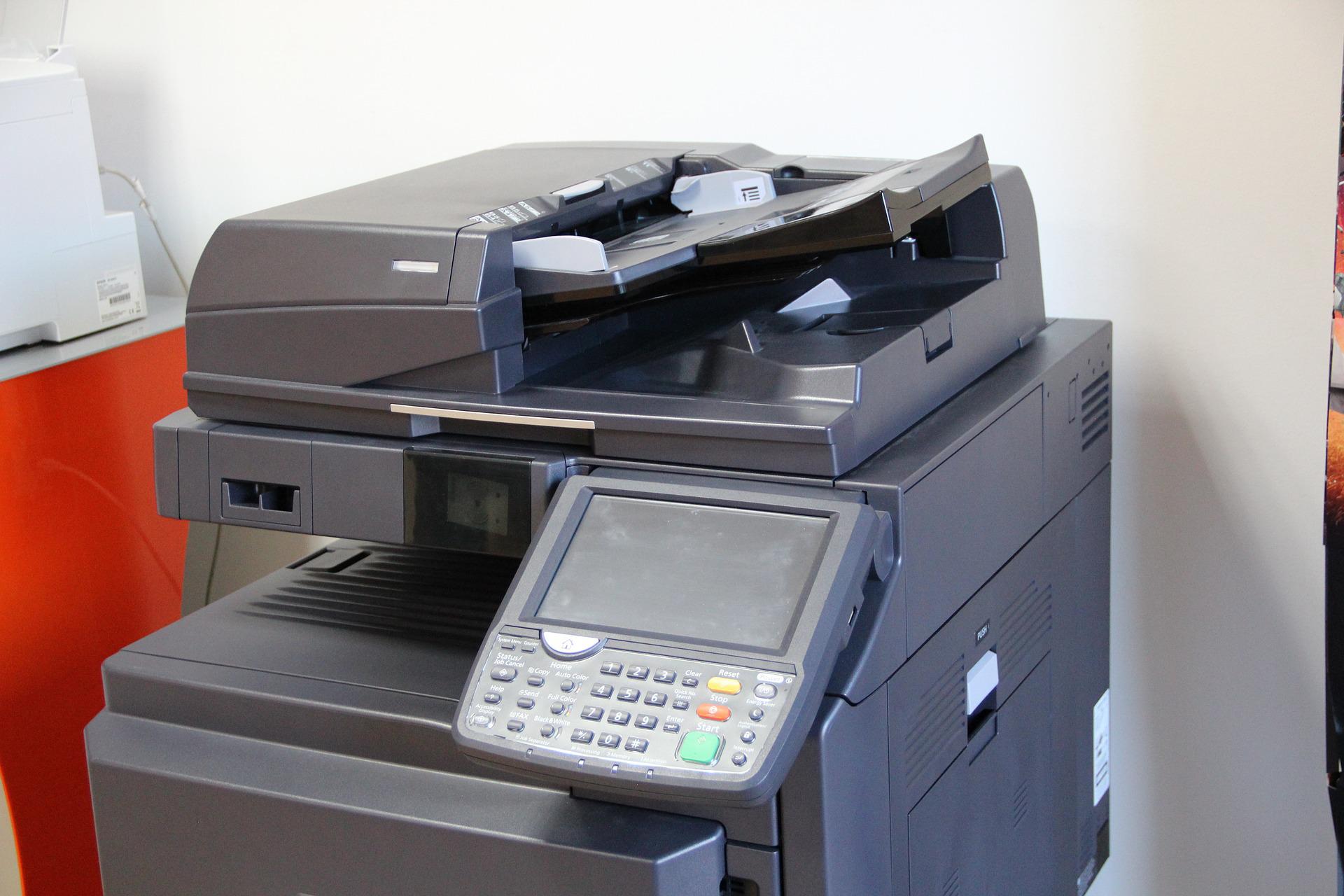

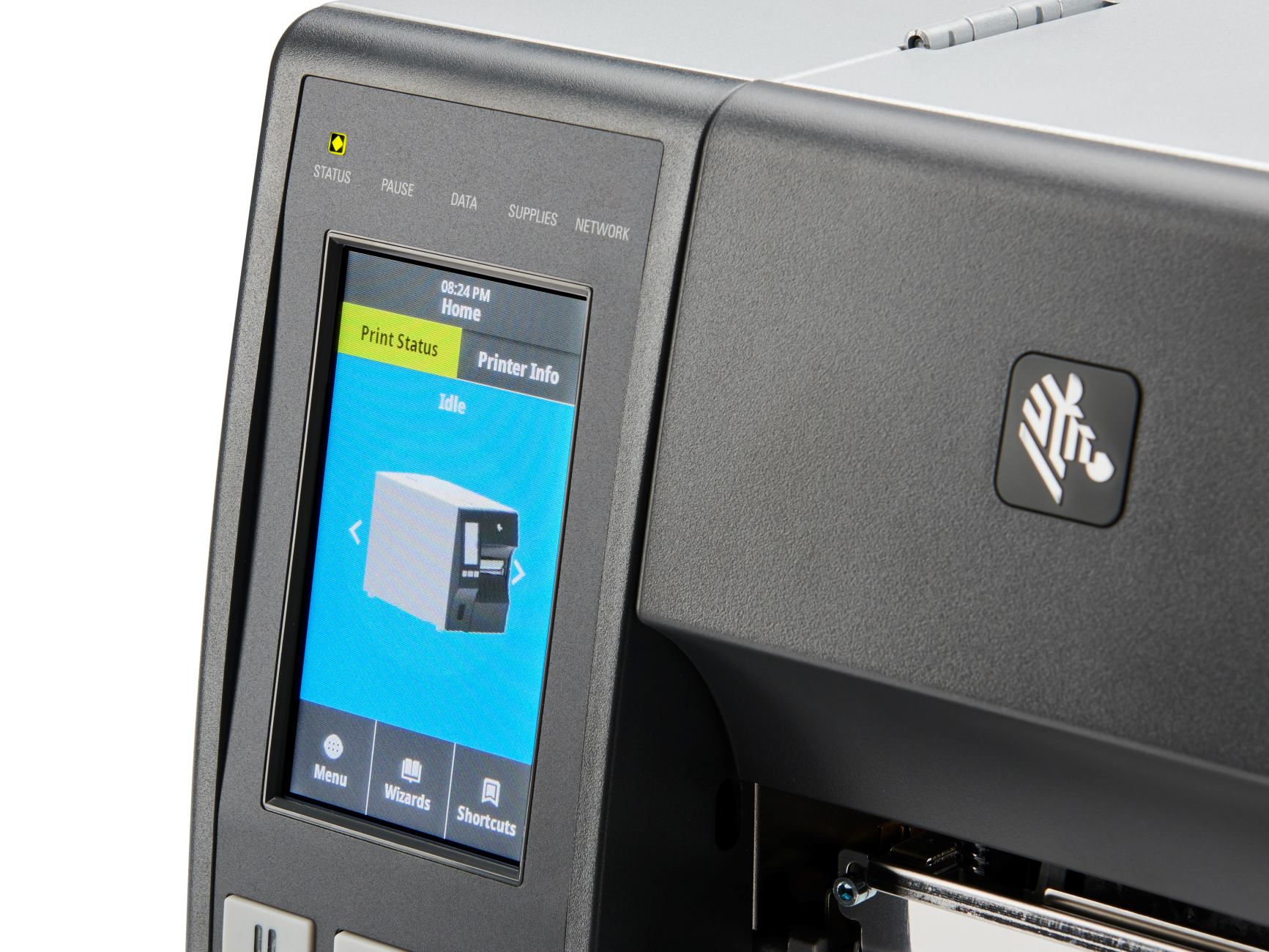
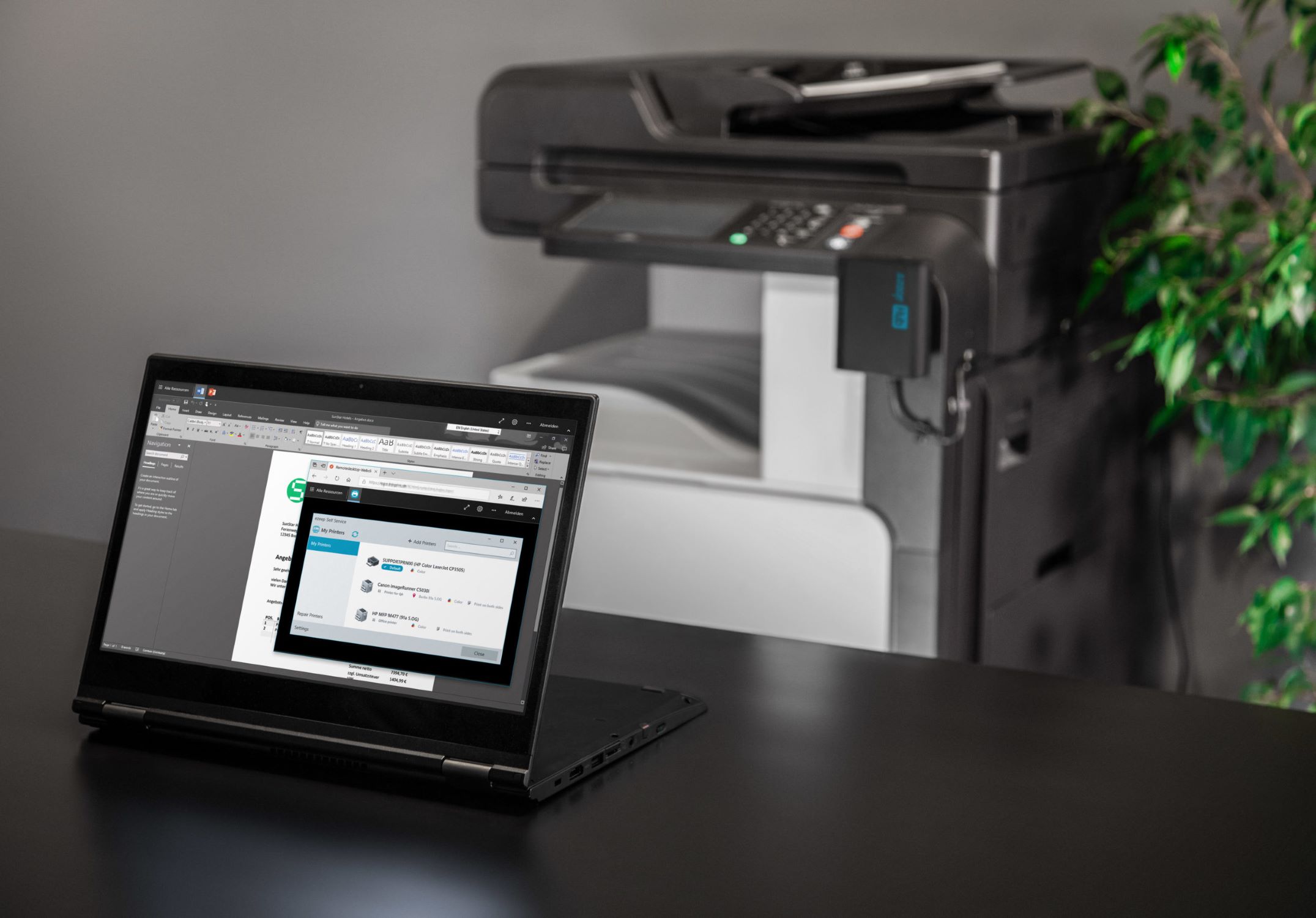
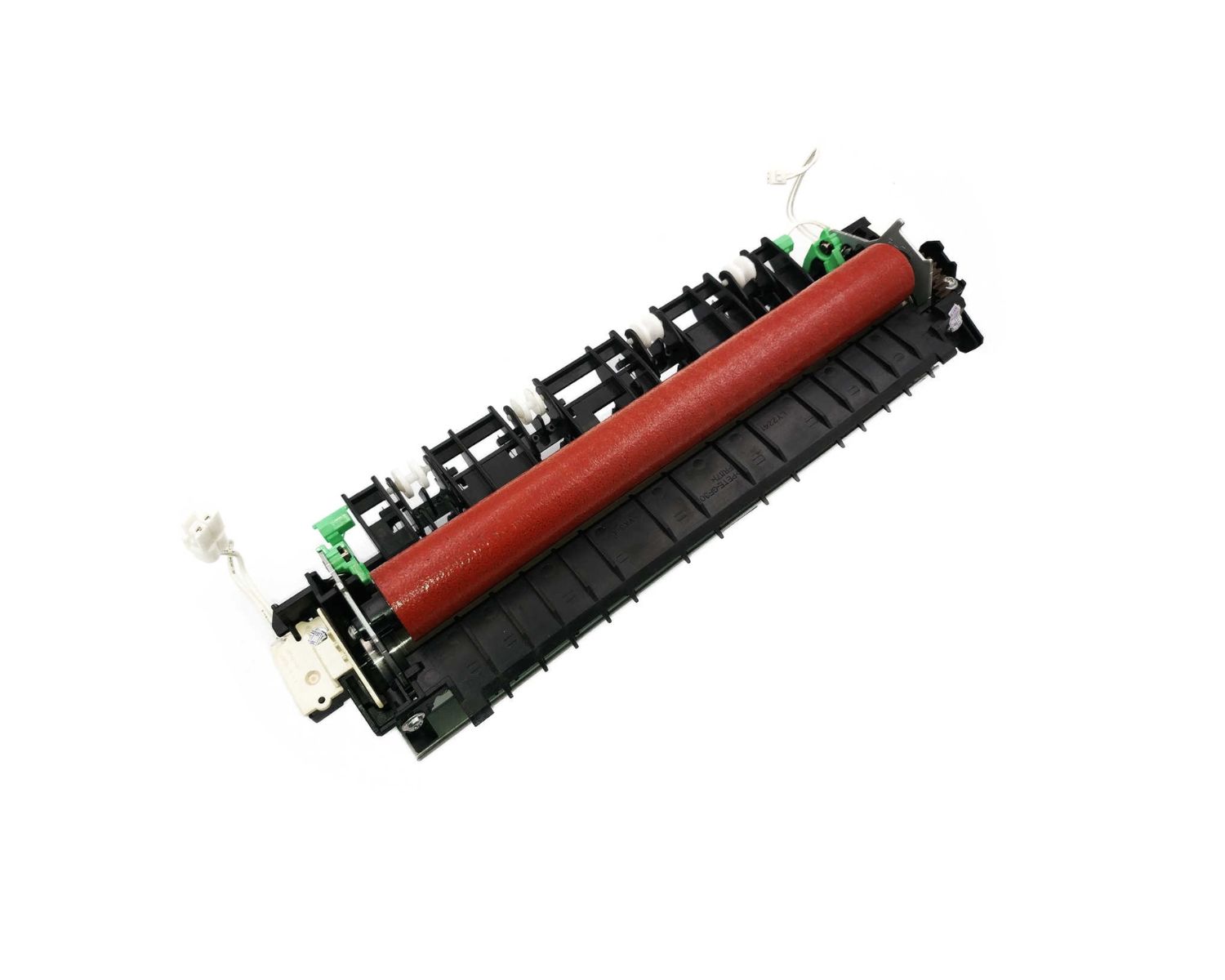

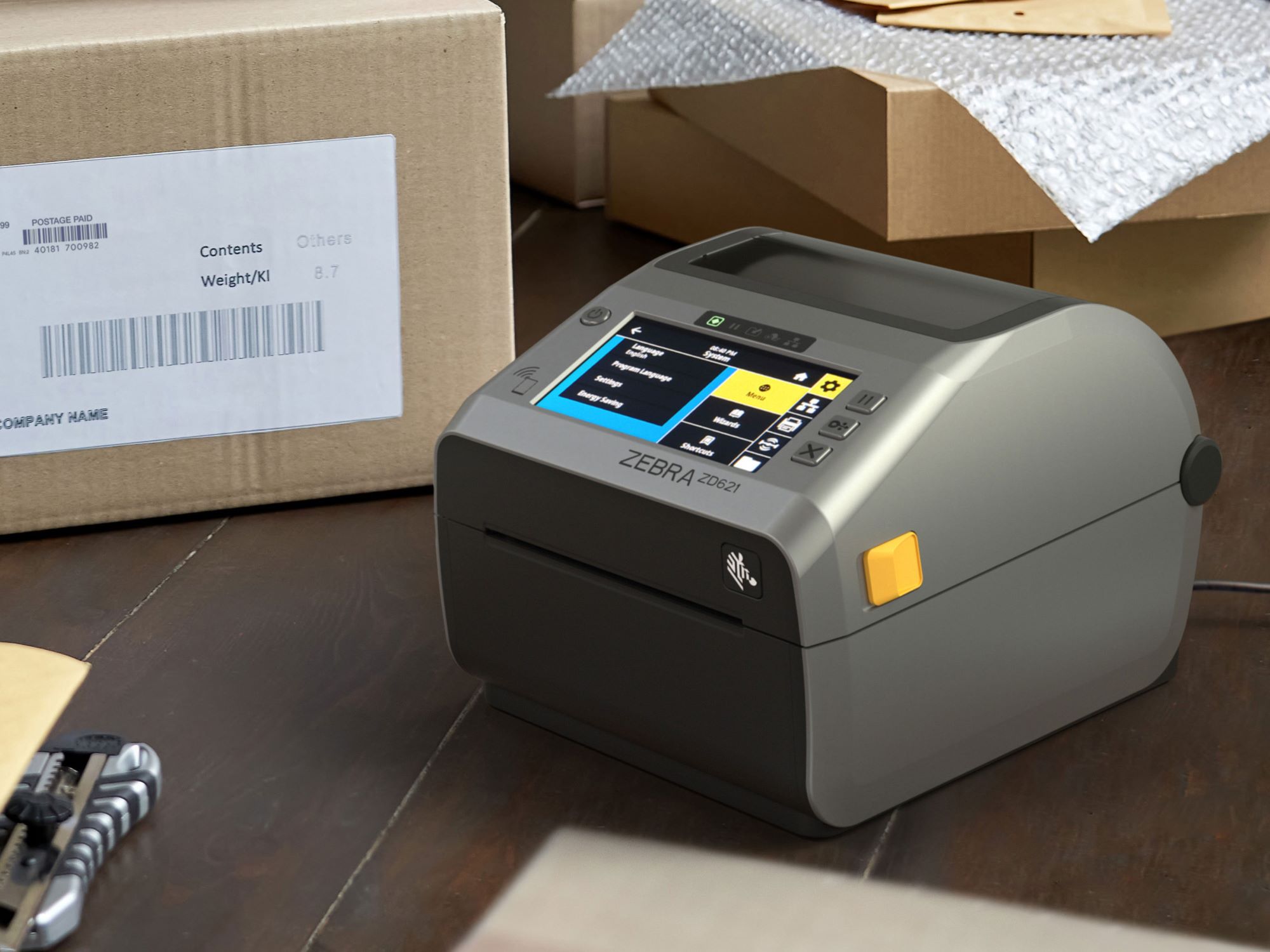
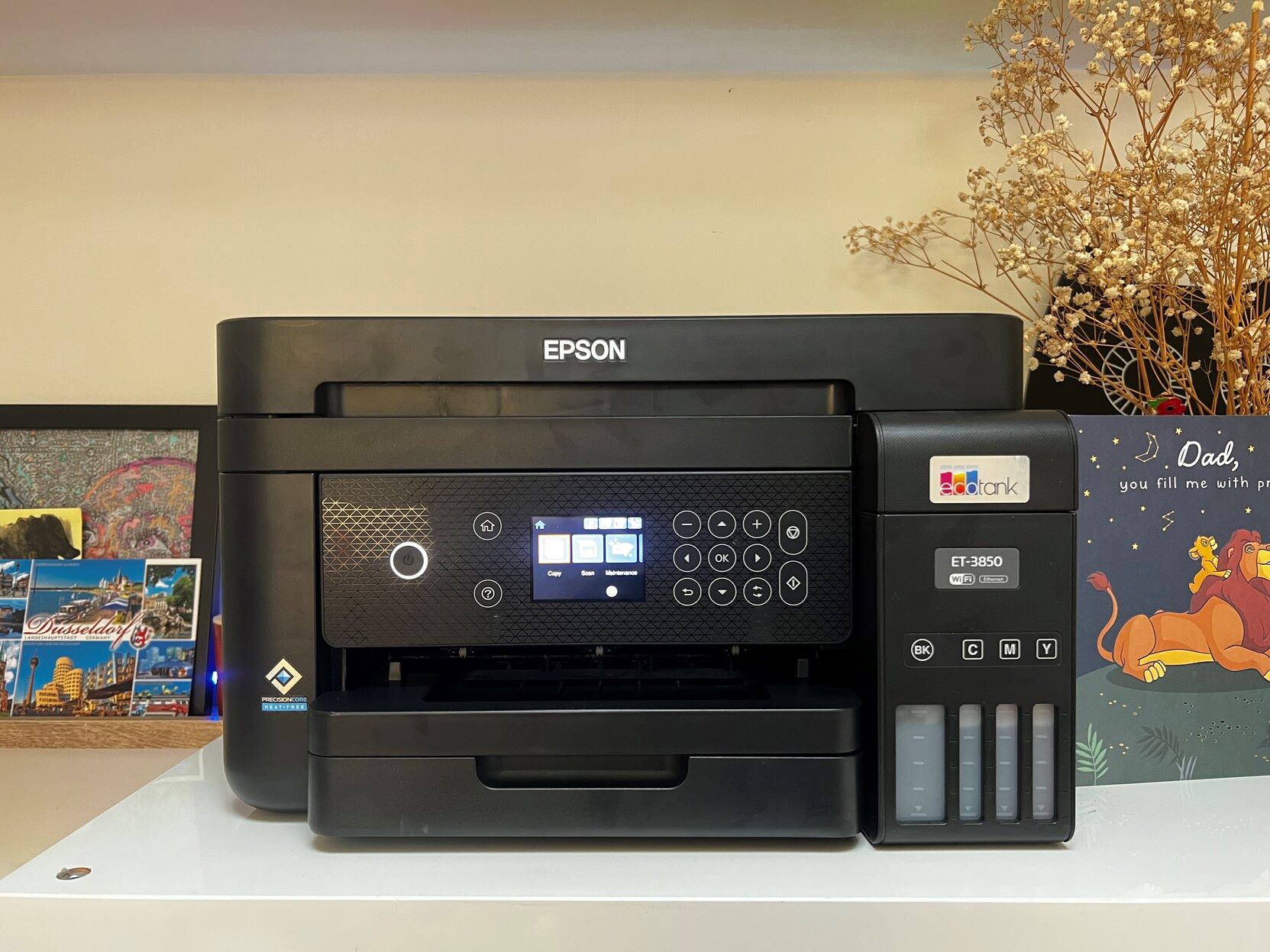
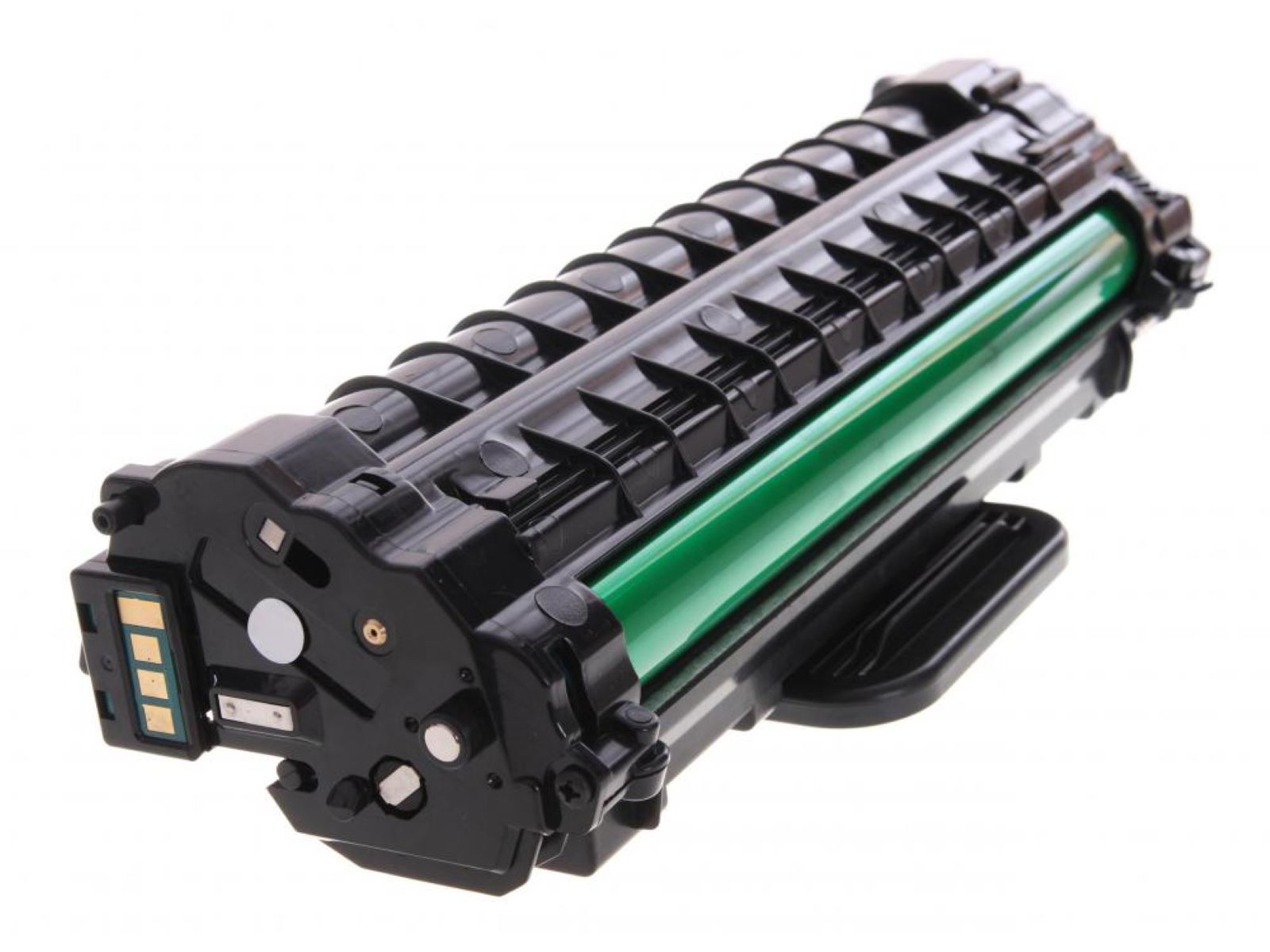
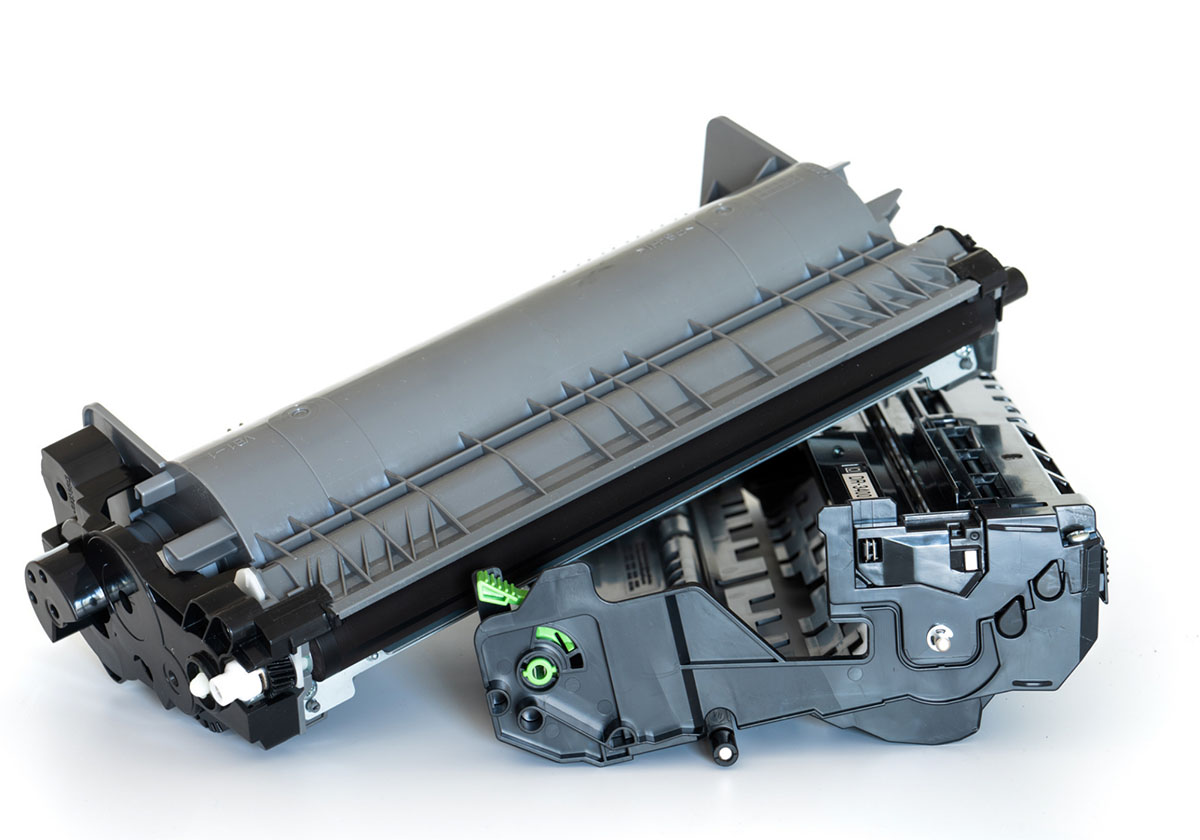


0 thoughts on “What Is A Monochrome Printer”